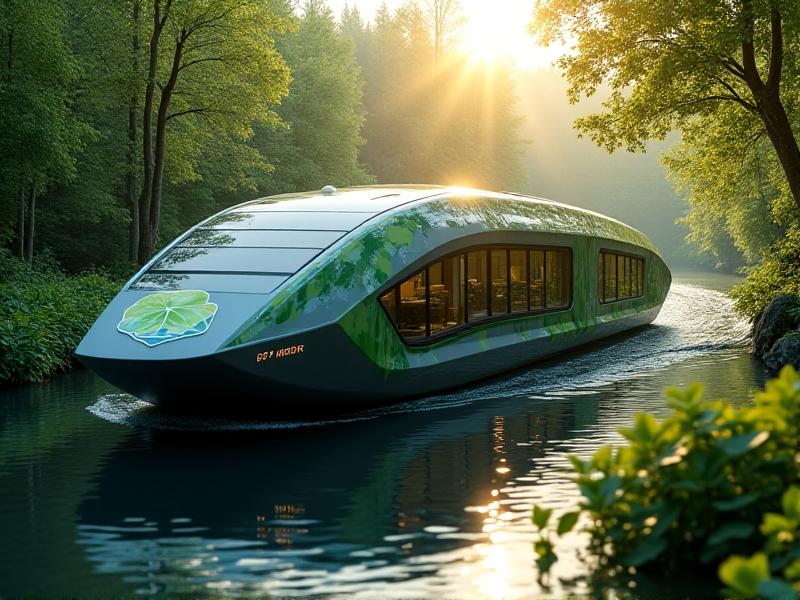Carbon-Neutral Fish Transport: Ethical Practices in the Aquarium Trade
The Importance of Carbon-Neutral Fish Transport in the Aquarium Trade
The aquarium trade is a multi-billion-dollar industry that brings joy to millions of people worldwide. However, the environmental impact of transporting fish from their natural habitats to aquariums is often overlooked. Carbon-neutral fish transport is an ethical practice that aims to minimize the carbon footprint associated with this process. By adopting sustainable methods, the industry can reduce its contribution to climate change while ensuring the well-being of aquatic life.

The Environmental Impact of Traditional Fish Transport Methods
Traditional fish transport methods often involve long-distance shipping, which can result in significant carbon emissions. The use of fossil fuels, inefficient logistics, and inadequate packaging contribute to the industry's environmental footprint. Additionally, the stress placed on fish during transport can lead to higher mortality rates, further exacerbating the problem. Understanding these challenges is the first step toward adopting more sustainable practices.

Innovative Solutions for Carbon-Neutral Fish Transport
Several innovative solutions are emerging to address the environmental challenges of fish transport. Electric and hybrid vehicles, optimized routing, and renewable energy sources are just a few examples. Additionally, advancements in packaging technology, such as biodegradable materials and temperature-controlled containers, can improve the survival rates of transported fish. These solutions not only reduce carbon emissions but also enhance the overall efficiency of the supply chain.

The Role of Certification and Regulation in Promoting Ethical Practices
Certification programs and regulatory frameworks play a crucial role in promoting ethical practices within the aquarium trade. Organizations such as the Marine Aquarium Council (MAC) and the Aquaculture Stewardship Council (ASC) provide guidelines for sustainable fish transport and sourcing. By adhering to these standards, businesses can demonstrate their commitment to environmental responsibility and gain the trust of consumers. Governments and industry stakeholders must collaborate to enforce these regulations and ensure compliance.
Consumer Awareness and the Demand for Sustainable Practices
Consumer awareness is a driving force behind the shift toward carbon-neutral fish transport. As more people become informed about the environmental impact of their choices, they are demanding greater transparency and sustainability from businesses. Educating consumers about the benefits of ethical practices and providing them with eco-friendly options can further accelerate this positive change. Ultimately, the collective efforts of consumers, businesses, and regulators can transform the aquarium trade into a more sustainable industry.
Case Studies: Success Stories in Carbon-Neutral Fish Transport
Several companies and organizations have successfully implemented carbon-neutral fish transport practices, setting an example for the industry. For instance, a leading aquarium supplier has transitioned to an all-electric fleet, significantly reducing its carbon emissions. Another company has partnered with local communities to establish sustainable sourcing and transport networks. These case studies demonstrate the feasibility and benefits of adopting ethical practices, inspiring others to follow suit.
Challenges and Future Directions in Achieving Carbon Neutrality
While significant progress has been made, achieving carbon neutrality in fish transport is not without its challenges. High initial costs, technological limitations, and resistance to change are some of the barriers that need to be addressed. However, with continued innovation, investment, and collaboration, these obstacles can be overcome. The future of the aquarium trade lies in embracing sustainable practices and prioritizing the health of our planet and its aquatic ecosystems.







